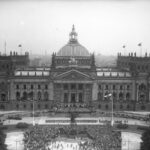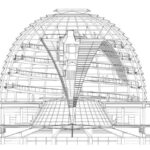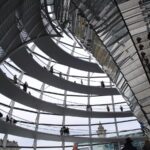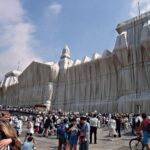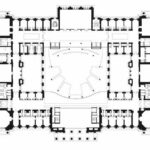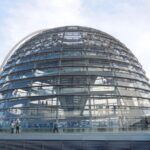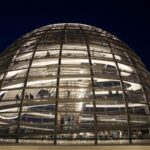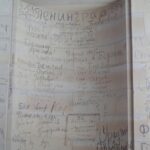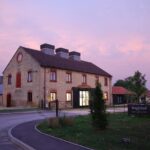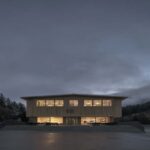The New German Parliament at the Reichstag, designed by Foster + Partners, stands as a testament to the intersection of democracy, history, public accessibility, and environmental sustainability. Norman Foster’s vision for the transformation of the Reichstag reflects a deep understanding of its significance as a democratic forum and its complex historical context.
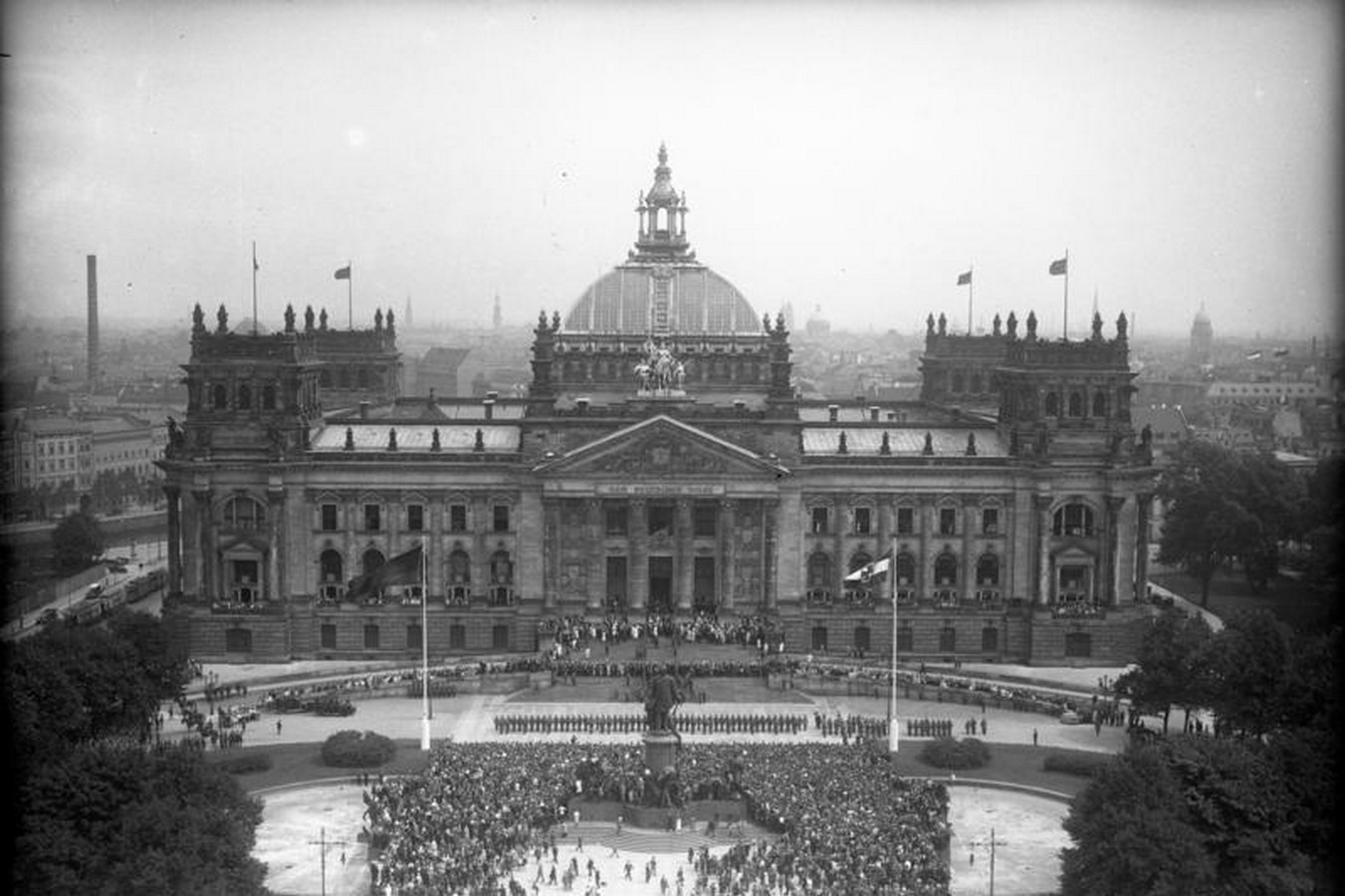
A History of Controversy
The Reichstag’s history is rife with controversy, from its inception as the parliament of the German Empire to its role in pivotal moments of world history. The building’s construction faced numerous obstacles, including disputes over its location and design competition. Despite delays and revisions, the Reichstag finally opened its doors in 1894, with architect Paul Wallot’s neoclassical design leaving an indelible mark on Berlin’s skyline.
From Fire to Reunification
The Reichstag’s history took a dramatic turn in 1933 when a fire, allegedly set by a Dutch Communist, provided Hitler with the pretext to seize power. World War II further shaped the building’s fate, as Soviet forces used it as a backdrop for propaganda photos during the war’s final days. Following German reunification, the Reichstag became the seat of the German parliament, marking a new chapter in its storied history.
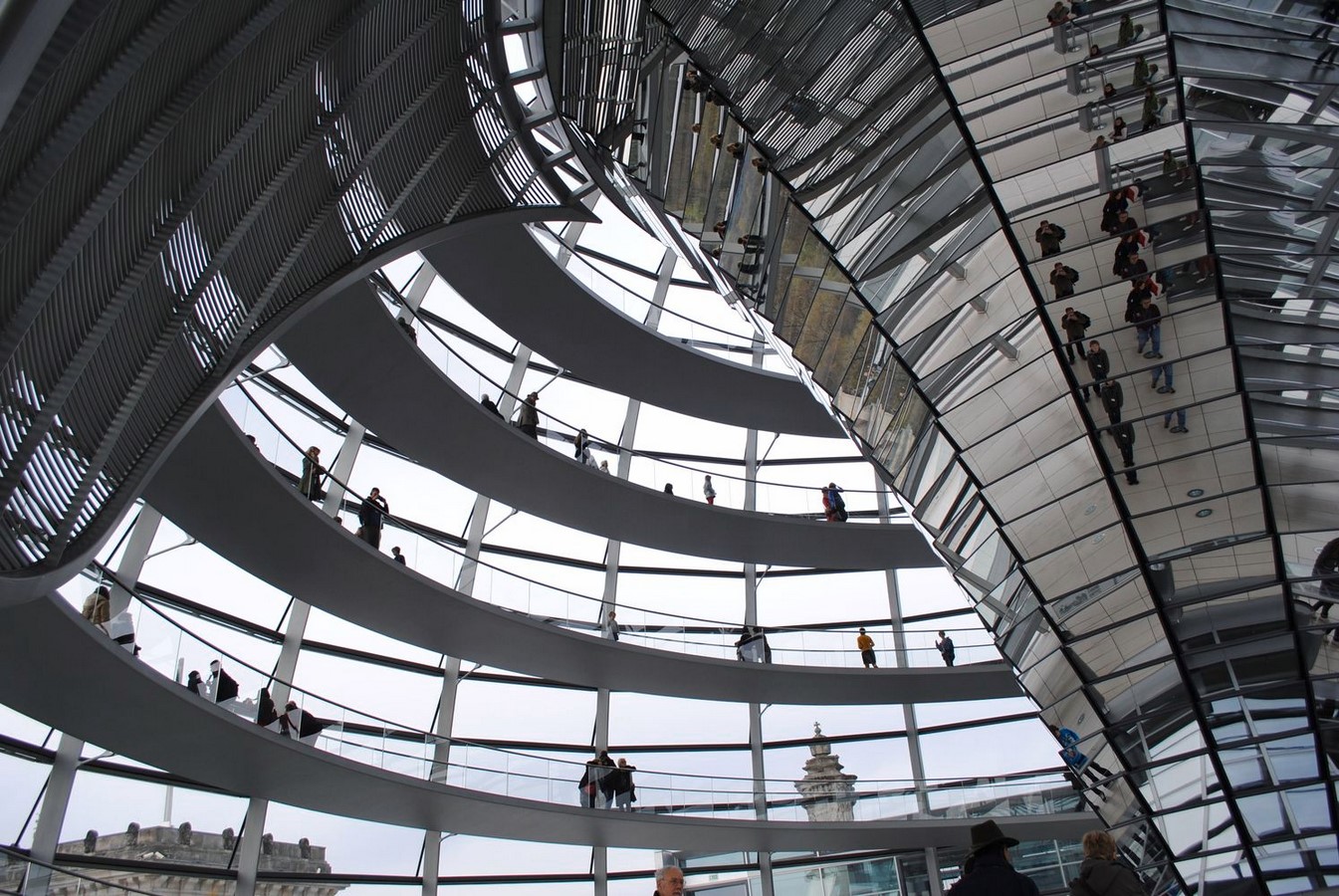
Foster’s Intervention
In 1992, Foster + Partners embarked on a transformative renovation of the Reichstag, winning a design competition that sought to modernize the building while preserving its historical significance. Foster’s original design envisioned a steel and glass canopy covering the structure, symbolizing a departure from history while paying homage to the past. However, financial constraints led to a reimagining of the project, resulting in a design that balanced tradition with innovation.
The Iconic Cupola
Central to Foster’s intervention was the addition of the iconic cupola, a symbol of transparency, accessibility, and sustainability. Clad in clear glass, the helical ramp leads visitors to an observation deck offering panoramic views of Berlin. Skylights and mirrored panels provide natural light and ventilation while connecting visitors to the parliamentary chamber below.
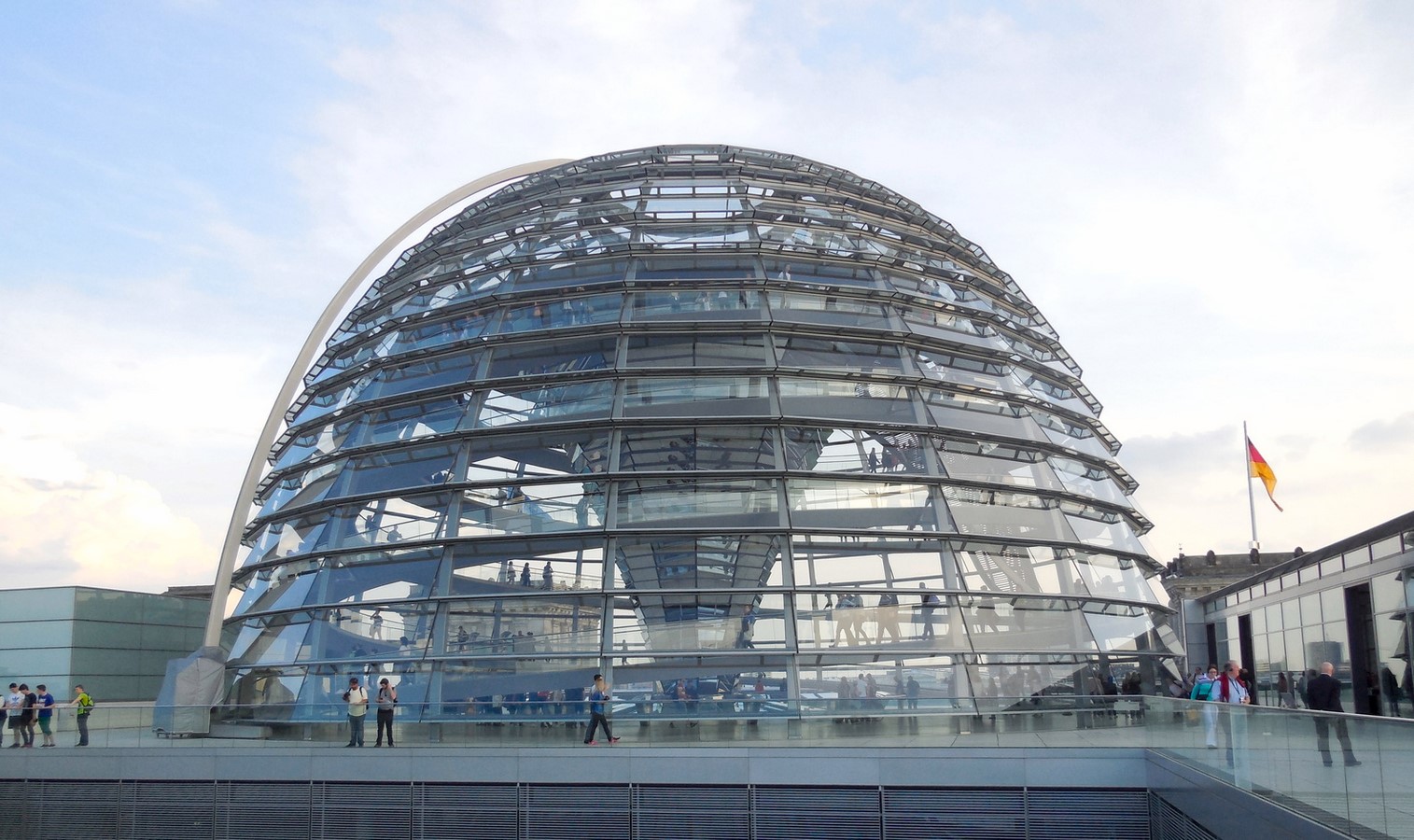
Preserving History, Embracing Modernity
Foster’s renovation also sought to preserve the building’s historical fabric while integrating modern amenities and functional spaces. Remnants of the building’s past, including Soviet graffiti and classical pediments, were retained as reminders of its rich history. The Reichstag’s transformation reflects Foster’s ability to navigate the complexities of politics, history, and architecture to create a symbol of democracy and unity.
Conclusion: A Symbol of Democracy
The New German Parliament at the Reichstag stands as a testament to Foster + Partners’ ingenuity and vision. By seamlessly blending history with modernity, Foster transformed a symbol of Germany’s past into a beacon of democracy and transparency. As visitors ascend the cupola and gaze upon Berlin’s skyline, they are reminded of the enduring power of architecture to inspire, provoke, and unite.


